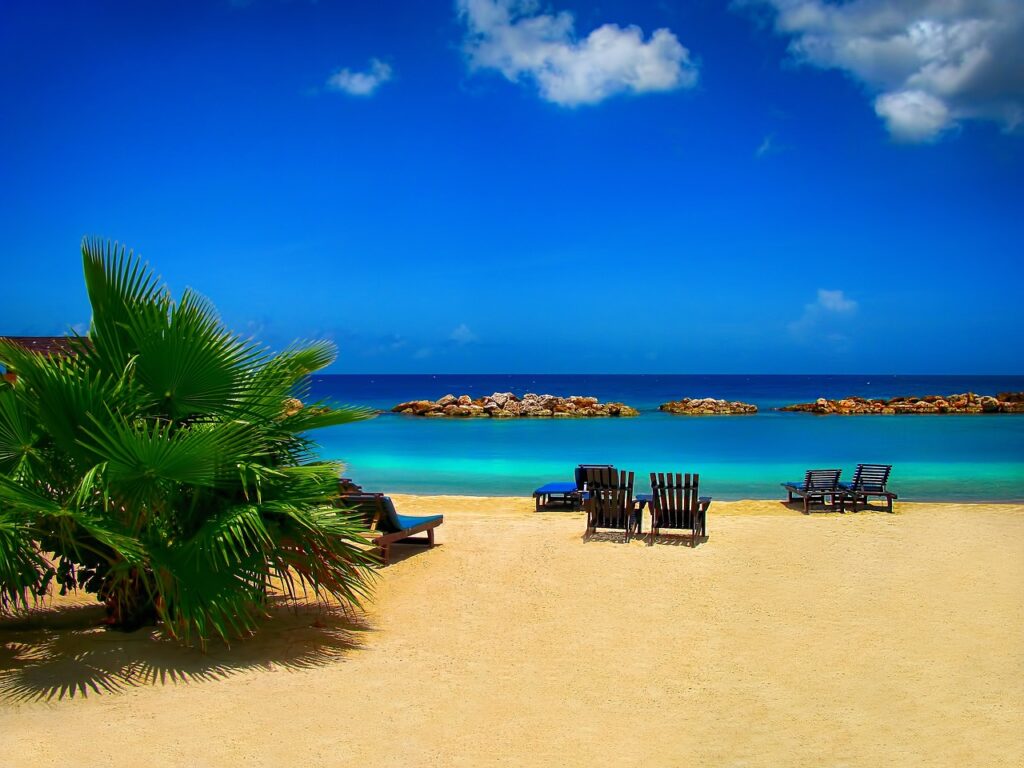Cruising is a delightful way to explore the world while enjoying luxurious amenities, dining, and entertainment. But when it comes to booking your next cruise, the timing can make a significant difference in your experience. Off-season cruises, also known as shoulder-season or low-season cruises, occur during periods when demand is lower. This might be due to seasonal weather changes, school schedules, or local events.
If you’re contemplating an off-season cruise, this guide will walk you through the key pros and cons so you can make an informed decision.
What is an Off-Season Cruise?
An off-season cruise is one booked during a region’s less popular travel period. For example:
- Alaska cruises: Late spring (April/May) or early fall (September/October).
- Caribbean cruises: During hurricane season (June to November).
- Mediterranean cruises: Late autumn to early spring (October to April).
- Northern Europe cruises: Early spring or late fall (April/May or September/October).
While these times are less in-demand, they come with unique opportunities and potential challenges.
Pros of Off-Season Cruises
1. Lower Costs
Off-season cruises are often significantly cheaper than peak-season trips. Cruise lines offer discounted fares, onboard credit, and package deals to attract passengers. Flights, accommodations, and excursions in port cities may also be more budget-friendly.
Example: A Mediterranean cruise in late November might cost 20–40% less than the same itinerary in July or August.
2. Fewer Crowds
During the off-season, you’ll likely encounter fewer passengers onboard and smaller crowds at ports. Popular attractions, from the Acropolis in Athens to Caribbean beaches, are far less congested. This makes for a more relaxed and enjoyable experience.
3. Unique Experiences
Off-season weather and seasonal events can offer memorable experiences:
- Northern Lights: Fall cruises in Scandinavia or Alaska may provide glimpses of the aurora borealis.
- Holiday Cruises: Off-season Mediterranean cruises in December often include festive markets in Europe.
4. Better Deals on Upgrades
Lower demand can lead to opportunities for stateroom upgrades or more personalized service. Cruise lines may offer perks such as complimentary drink packages, dining options, or spa treatments to fill the ship.
5. Mild Temperatures in Certain Regions
If you dislike sweltering heat, off-season cruising can be ideal. For example:
- The Mediterranean in April or October offers pleasant, cooler weather perfect for sightseeing.
- Alaska in September brings crisp air and the start of autumn foliage.
Cons of Off-Season Cruises
1. Weather Risks
Weather can be unpredictable during off-season cruising:
- Hurricane season in the Caribbean: While cruise lines closely monitor storms, itineraries may change or be canceled.
- Cooler temperatures: Northern European cruises in the shoulder season may be chilly and require more layers for sightseeing.
2. Shorter Days
For cruises in northern regions like Alaska or Scandinavia, off-season months often have shorter daylight hours. This can limit sightseeing opportunities, especially in outdoor-heavy destinations.
3. Limited Activities at Ports
During the low season, some businesses and attractions at port destinations may close or reduce hours. Small towns in Alaska or Mediterranean islands may have fewer excursions available compared to peak months.
4. Potential for Itinerary Changes
Off-season weather can lead to unexpected adjustments. Ports may be skipped, or sailing routes altered for safety. While cruise lines typically compensate passengers, it can still disrupt plans.
5. Reduced Onboard Vibes
If you thrive on lively atmospheres and full entertainment schedules, you might find an off-season cruise quieter. Fewer passengers mean less buzz around onboard activities, though this could be a pro for those seeking a tranquil getaway.
Who Should Consider an Off-Season Cruise?
Off-season cruising is ideal for:
- Budget-conscious travelers: Those looking to stretch their vacation dollar.
- Flexible adventurers: People open to changing plans due to weather or itineraries.
- Crowd-averse vacationers: Individuals who prefer serene environments.
- Seasonal sightseers: Travelers eager to experience seasonal highlights, like autumn foliage in Alaska or Christmas markets in Europe.
Tips for Off-Season Cruising
- Research Weather Patterns
Understand the weather conditions for your desired destination and pack accordingly. - Consider Travel Insurance
Travel insurance can be invaluable if weather-related disruptions affect your trip. - Stay Flexible
Be open to changes in your itinerary. Cruise lines prioritize passenger safety, and adjustments are often for your benefit. - Leverage Loyalty Programs
Use cruise line loyalty programs or travel agents to find the best deals during the off-season. - Pack Smart
- For colder climates: Bring layers, waterproof gear, and comfortable walking shoes.
- For hurricane season: Prepare for warm weather, occasional rain, and motion-sickness remedies.
Conclusion
Off-season cruises offer a unique way to explore stunning destinations at a fraction of the cost, often with fewer crowds and exclusive seasonal experiences. However, they require some trade-offs, including potential weather risks and adjusted itineraries. By weighing the pros and cons and staying flexible, an off-season cruise can be a rewarding adventure that’s easy on both your wallet and your patience.
If you’re ready to book, start by identifying your priorities—whether it’s affordability, fewer crowds, or unique seasonal attractions. With the right planning, off-season cruising can be the perfect way to embark on your next seafaring adventure!

